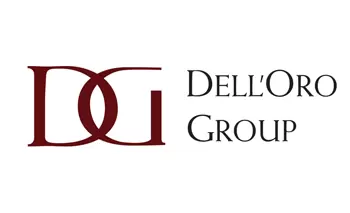Keysight Technologies introduced its AresONE-M 800GE Layer 1-3 Ethernet performance test platform, supporting data center interconnect speeds from 10GE to 800GE.
The new Keysight AresONE-M 800GE enables design engineers and data center operators to validate networking equipment interoperability and bandwidth performance while supporting the transition to 400GE and 800GE networks with the capability to also test slower, legacy Ethernet speeds.
Highlights of the AresONE-M 800GE:
- Ethernet speeds – 1x800GE, 2x400GE, 4x200GE, and 8x100GE.
- PAM4 and NRZ signaling support – Features 106.25 Gb/s host electrical lane signaling with the ability to downshift to the lower electrical lane speeds of 53Gb/s and 25Gb/s for 400GE and 100GE speeds.
- Single test platform – Supports all required forward error correction (FEC) types and a full array of in-depth link tuning, stability, reliability, and performance measurement statistics.
- Complete 800GE high-scale protocol emulation and performance testing – Provides the protocol support required to test enterprise, metro, and cloud-capable Layer 2 and Layer 3 switching and routing network equipment through the IxNetwork software application.
- Highest port density available today for 800GE test systems – Supports 8 ports in a single, 2-rackmount unit chassis with additional configurations for 2 and 4 ports.
The AresONE-M 800GE uses an integrated physical layer Digital Signal Processor (DSP) from Credo Technology Group for fast and efficient data transfer with low latency that enables data transit requirements of hyperscalers, enterprises, 5G carriers, and service providers. The Credo chip also optimizes power consumption to reduce operational costs, minimize heat dissipation, and meet energy-efficient standards for advanced networks.

Bill Brennan, President and Chief Executive Officer, Credo Technology Group, said: "Keysight has once again delivered a milestone product with the AresONE-M 800GE, a comprehensive Ethernet Layer 1-3 test platform designed to meet the challenges faced with scaling and supporting next generation artificial intelligence / machine learning network applications. Credo is proud to collaborate with Keysight on its AresONE-M 800GE platform, by providing high-quality merchant silicon solutions supporting data center interconnect speeds from 10GE to 800GE, across a wide variety of physical connections."
Ram Periakaruppan, Vice President and General Manager, Network Test & Security Solutions, Keysight, said: "At Keysight, we believe industry standard Ethernet test solutions are an essential and integral part of solving the most complex problems our customers face today. We are extremely proud to introduce the AresONE-M 800GE, the world's highest density, most feature rich Layer 1-3 800GE test platform that boasts high scale, power efficiency, and performance."

















